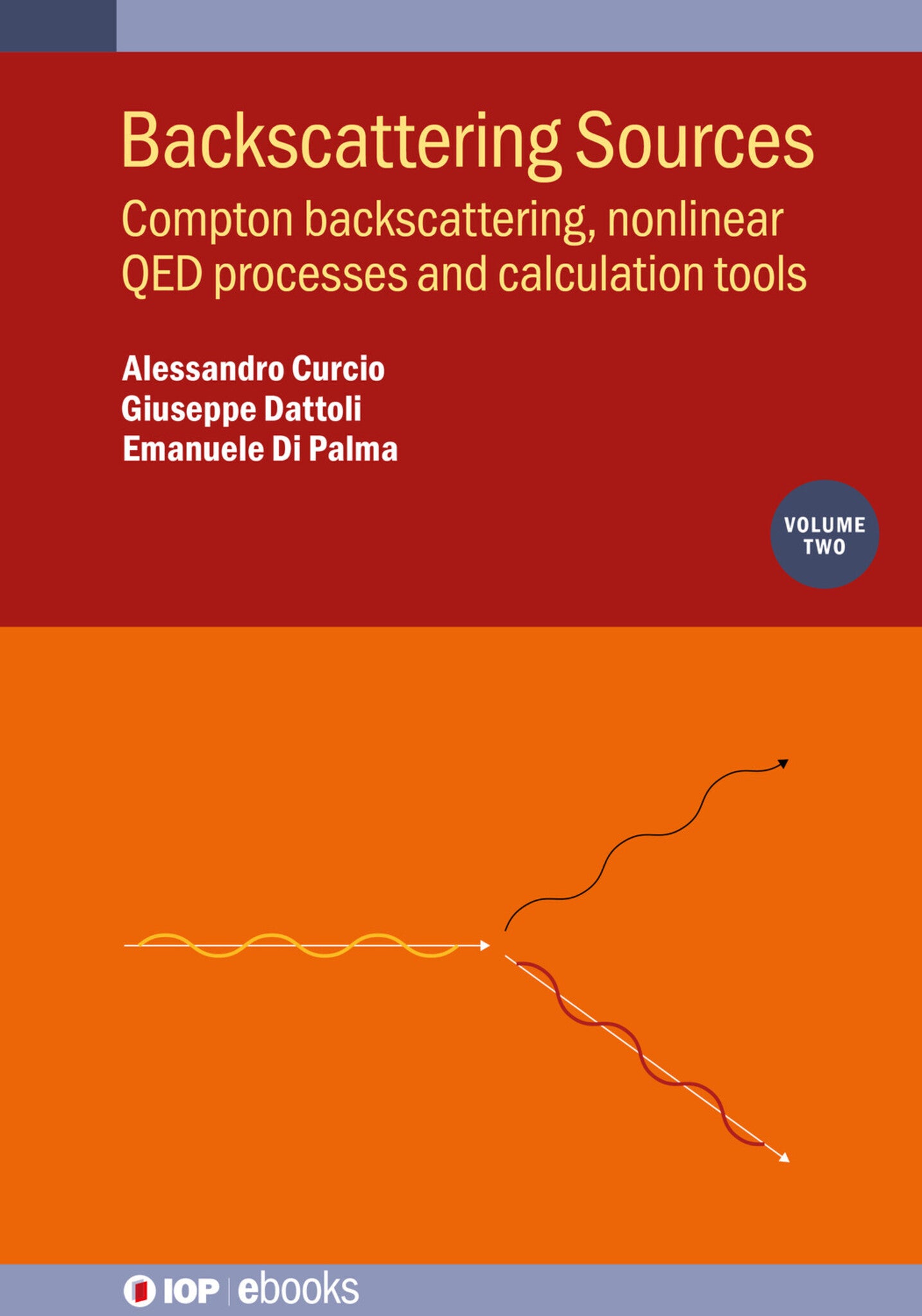We're sorry. An error has occurred
Please cancel or retry.
Backscattering Sources, Volume 2

Some error occured while loading the Quick View. Please close the Quick View and try reloading the page.
Couldn't load pickup availability
- Format:
-
01 November 2024

The top-performing X-ray and gamma ray sources are synchrotrons and Free Electron Lasers, which require large investment. Consequently, more affordable and accessible platforms are required for research and applications based on X-rays and gamma rays. CBS is a subset of Thomson and Compton scattering and is the mechanism through which high energy electrons interacting with low energy photons transfer part of their energy to the photons. Accordingly, an infrared photon can e.g. be “transformed” into an X-ray or gamma ray, in a CBS process. Monochromatic and ultrashort X-ray and gamma ray sources are challenging to make; however, CBS provides a compact and accessible platform for this purpose.
Aimed at those entering the field for the first time, this second volume focuses on Compton Backscattering that produces intense gamma rays of higher energy than typical scattering processes. Theoretical problems between the high energy electrons and laser interactions are discussed, along with the possibility of exploring new effects in strong field QED and how they can be observed. CBS ‘factories’ and their design characteristics are analysed and later chapters take a more detailed examination of CBS applications and the future of the field.
Key Features
- Offers a self-contained overview of pulsed X-rays sources based on compact lasers
- Provides a detailed presentation of theory and applications targeted at newcomers to the field
- Demonstrates a focused overview on Compton Backscattering
- Provides analysis of applications and outlook
- Can be used as a study manual for courses or as a reference text for researchers

SCIENCE / Physics / Particle, Particle and high-energy physics, SCIENCE / Physics / Optics & Light, SCIENCE / Physics / Nuclear, Optical physics, Nuclear physics

Chapter I : An introduction to high intensity lasers and to non linear QED
Chapter II: QED and Feynman diagrams: an elementary exposition
Chapter III: Non-linear QED of Compton Backscattering Radiation
Chapter IV: Advanced CBS sources



